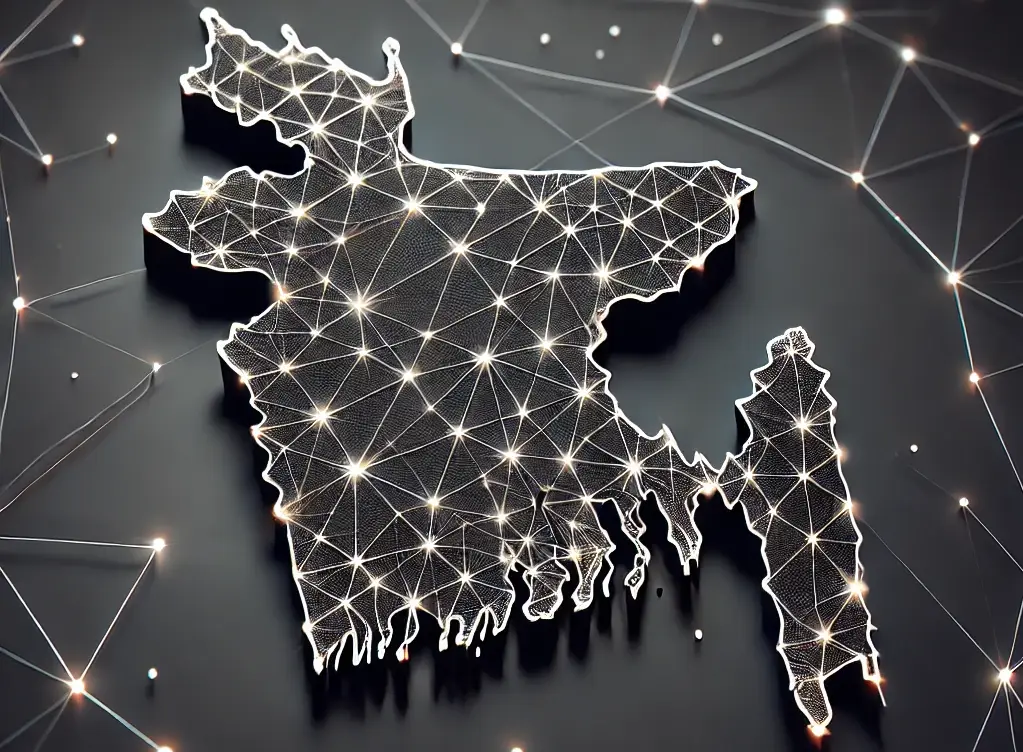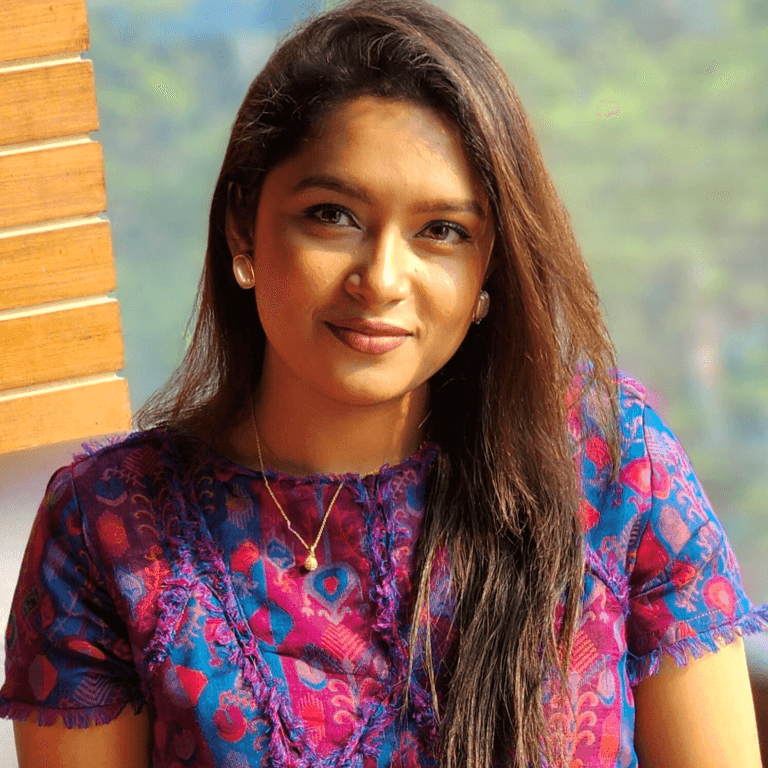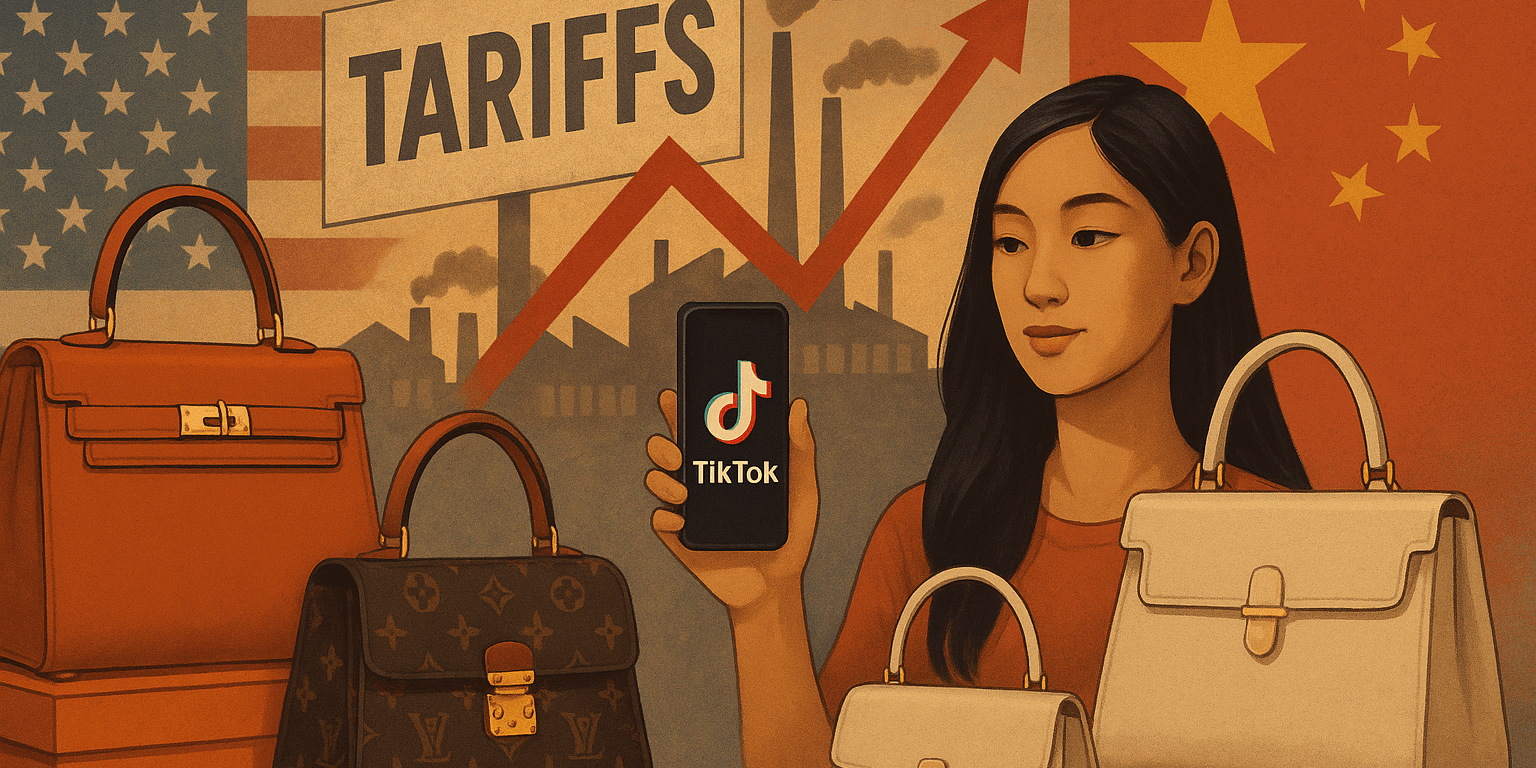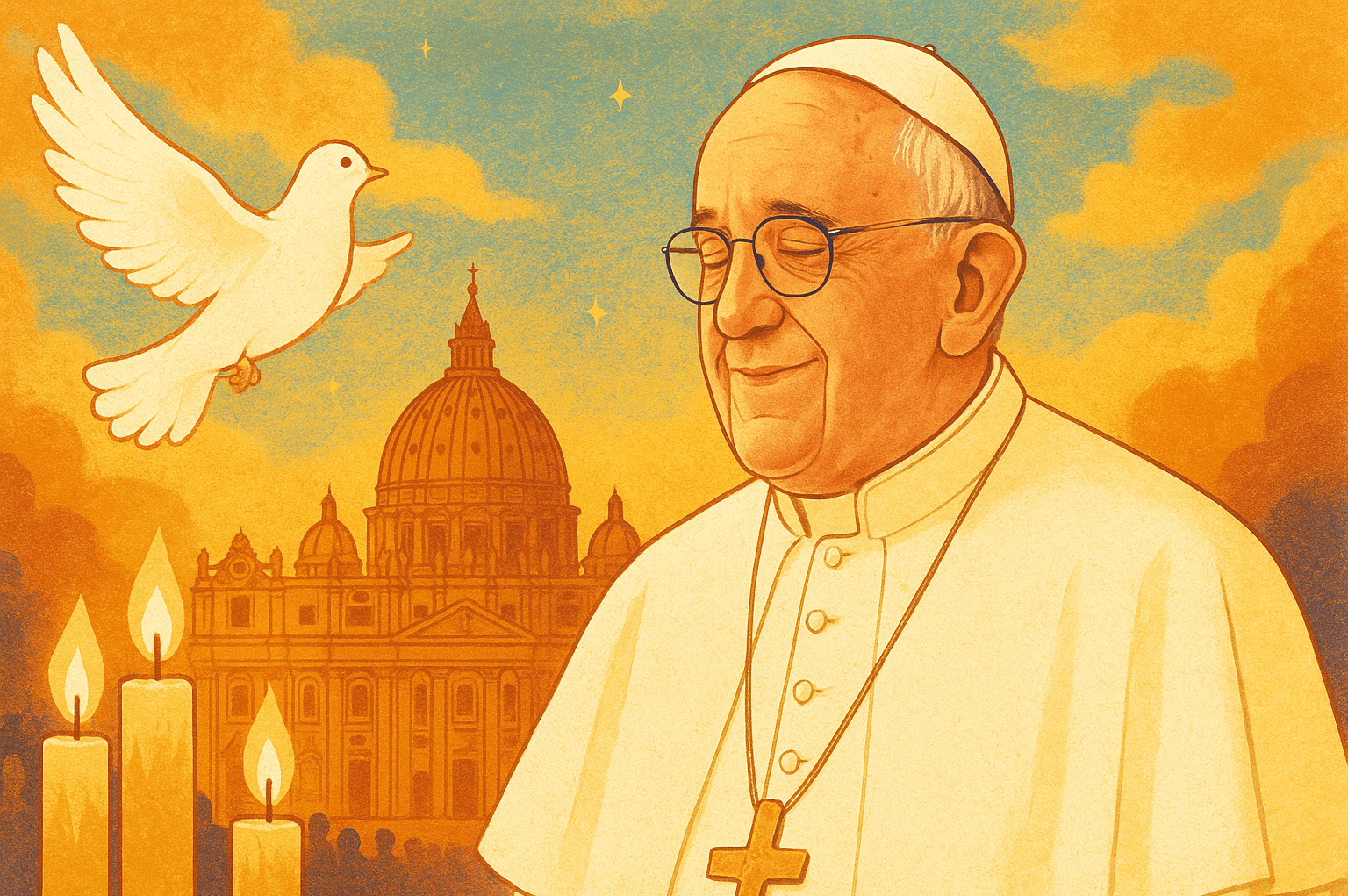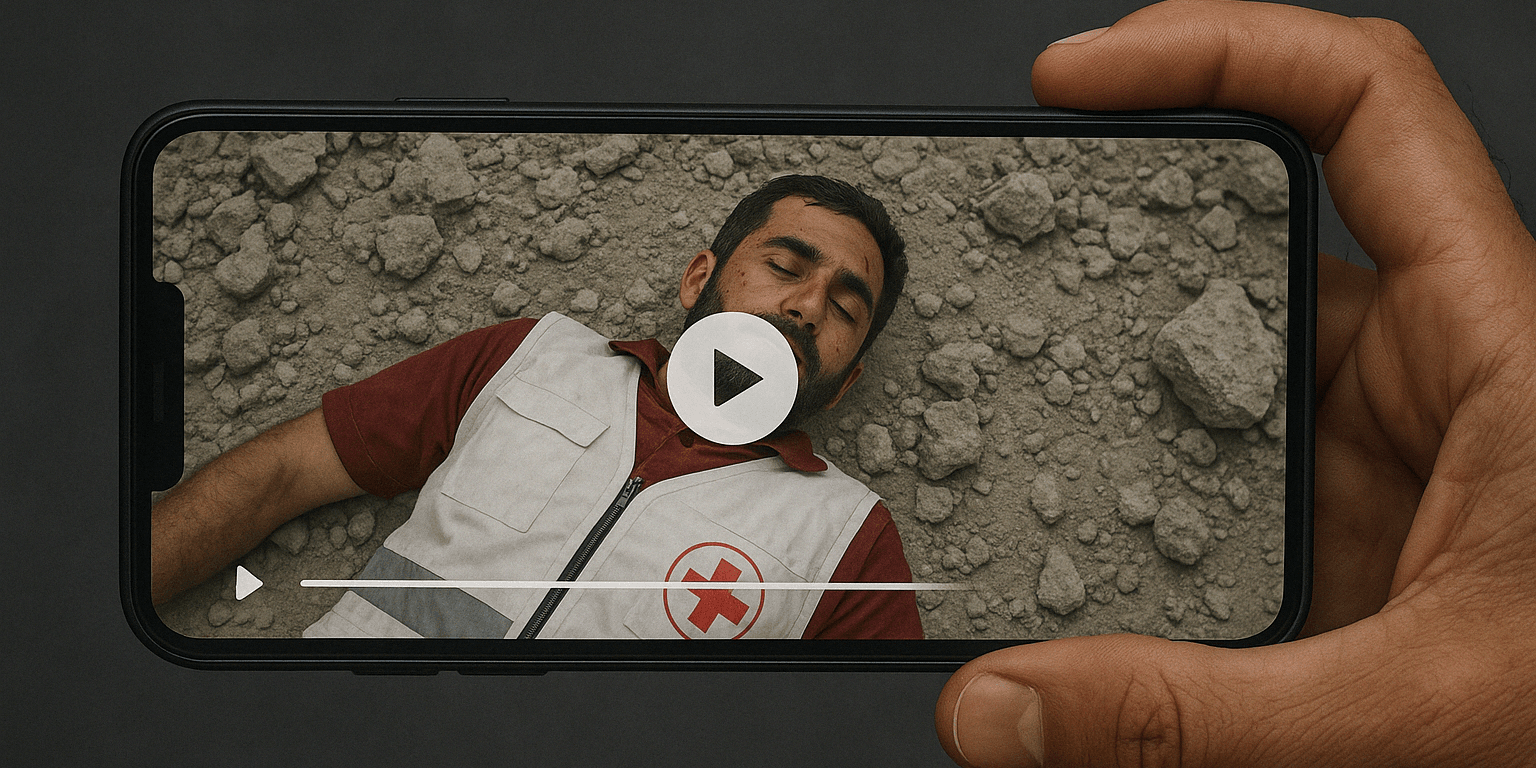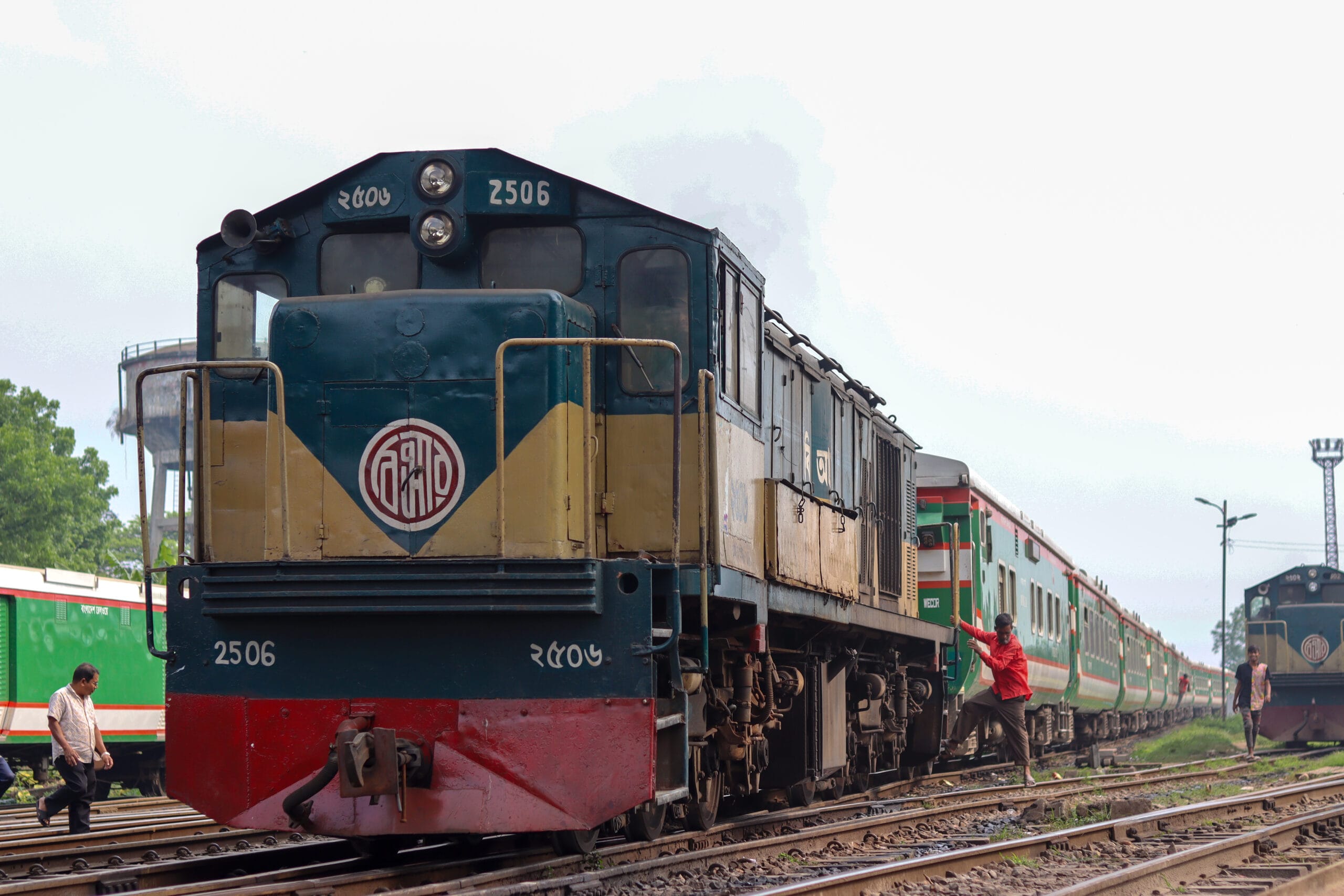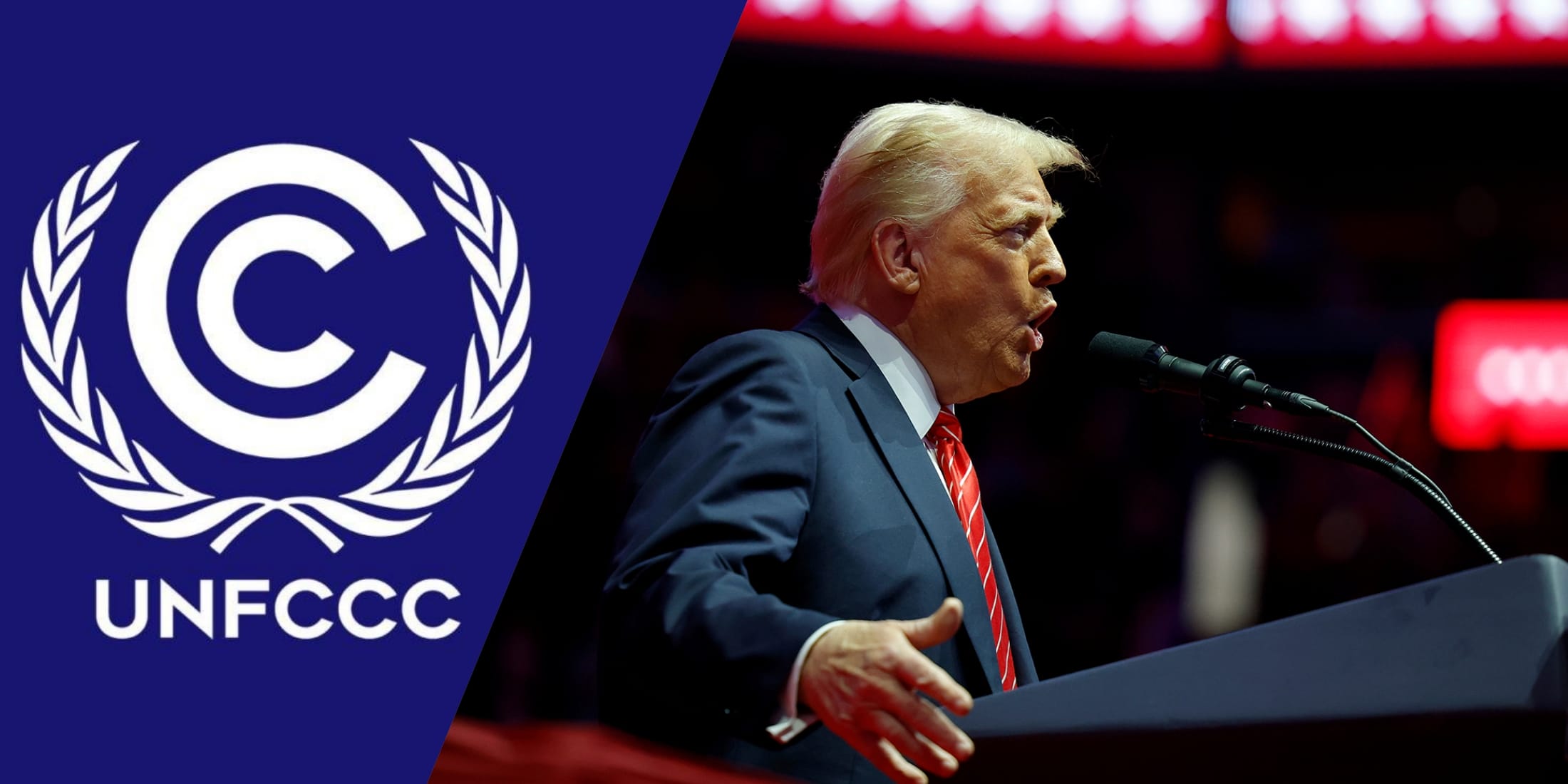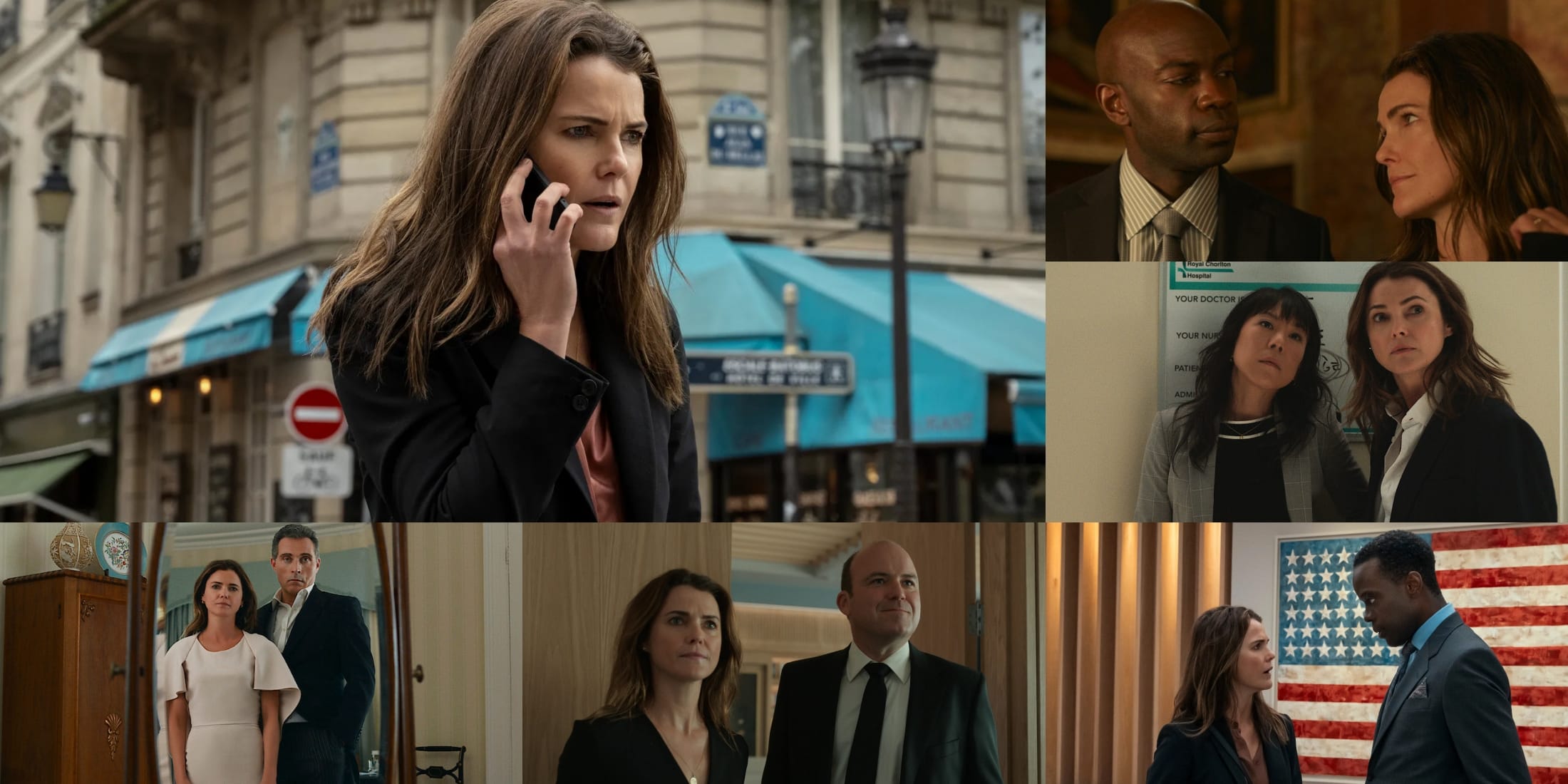The long-running debate over Bangladesh’s public sector quota system turned into a historic movement in July 2024, marked by deadly fights, widespread unrest, and a complete collapse of communication. As of July 23, violent clashes between students and police across Bangladesh had officially claimed 197 lives (unofficial figures are much higher).
In 2018, under the face of massive student protests, the former prime minister abolished the quota system. However, the High Court in July 2024 reinstated the 30% freedom fighter quota. Students from educational institutions nationwide protested against a controversial quota system that reserves 56% of governmental jobs for specific groups, leaving only 44% for general merit-based selection.
Although the initial demonstration of the students was about quota reform, the continuation of the protests indicated deep-rooted anger against the Sheikh Hasina government. Even if the protests are called off, justice for those who lost their lives in the protests will remain unachievable.
The protest events of July 19-23 gained global attention as government-imposed internet suspension and curfew silenced local media coverage. Earlier, the government deployed police and BGB to suppress the student protests, but their efforts were ineffective in controlling the unrest; the protests grew bigger and more violent.
On Friday, July 19, 2024, the government imposed a nationwide curfew and deployed the military with a “shoot at sight” order. The curfew was set to start from Friday midnight, with two-hour intermittent gaps so that people could gather daily essentials. Additionally, the Dhaka Metropolitan Police (DMP) banned all rallies and processions in the capital city under Section 144 of the Code of Criminal Procedure. This arbitrary curfew suppressed the rights to freedom of expression and peaceful assembly.
Amid the ongoing clashes in the quota reform protests, the government cut off internet access to suppress protesters and isolate the nation.
By Friday, July 19, at least 103 people were killed in police firing and clashes, including 84 on that day alone. Universities were closed indefinitely. There were attacks and vandalism of several government establishments, including Narsingdi jail, metro rail stations, BRTA offices, Bangladesh Television Office, etc. Protesters burnt 113 vehicles at Kazipara and Mirpur-10 metro stations. Capital Dhaka was erupted by unprecedented violence, firing, arson, and deaths. Initially, the protest involved students only, but by Friday, locals also joined the students’ demonstration.
The announcement of the curfew triggered panic among the commoners. On July 20, soldiers were seen patrolling city streets, but thousands of protesters, including students and non-students, defied curfew. They took control over the streets and highways with processions. The center points of violence in the city include Jatrabari, Uttara, Badda, Mirpur, and Mohammadpur.
A total of 38 died on Saturday, July 20, taking the death toll to 148. Earlier in the day, key protest organizer of the “Anti-Discrimination Student Movement,” Nahid Islam, was allegedly picked up in plainclothes from Sabujbagh and detained. Meanwhile, the three—Sarjis Alam, Hasnat Abdullah, and Hasib Al Islam, of the 27 protest organizers—met the law minister Anisul Huq, Education Minister Mohibul Hassan Chowdhoury, and State Minister for Information and Broadcasting Muhammad Ali Arafat at the state guest house Padma and placed eight-point demands. Their demands included investigating every killing, arresting and prosecuting perpetrators; providing financial assistance to martyrs’ families and jobs to one member of each family; allocating seats in university residential halls through university administration; preventing campus terrorism; activating student unions; and withdrawing all student cases.
However, Home Minister Asaduzzaman Khan stated curfew will continue until normalcy returns.
Amid the nationwide escalating violence, Bangladesh’s Supreme Court issued a significant verdict on reducing the controversial quota in government jobs on Sunday, July 21, 2024. According to the verdict, 93% of government jobs were reserved for merit-based recruitment, and overall quotas were curtailed from 56% to 7%, with 5% allocated for descendants of ‘freedom fighters’ and 2% for ethnic minorities, persons with disabilities, and the third gender. A full bench of the Appellate Division, led by Chief Justice Obaidul Hasan, passed the verdict unanimously.
However, some protesters accused the judgement of being vague. Student leaders urge continuing the protests with a demand of releasing the arrested demonstrators and the resignation of officials, including Home Minister Asaduzzaman Khan, who they blame for the violence that killed at least 174 people and the arrests of over 550 protesters nationwide. Ahsan Habib, a private university student, while recounting the brutal crackdown, told Al Jazeera,
“We were fighting against bullets with brick chunks. There were not only police but also people from the ruling (Awami League) party who were wearing helmets and were firing live bullets towards us. This government has used so much violence to suppress us.”
The unrest added a new headache for the Hasina government, which was struggling to fix the economy after receiving a $4.7 billion loan from the International Monetary Fund last year. Due to the internet shutdown since 18 July, Bangladesh’s economy had been severely disrupted, with economic loss at approximately US$1.2 billion. The customs house at Chattogram port, which handles 80% of the country’s exports and imports, was unable to clear containers for 40 hours, suspending trade.
Plus, journalists had trouble reporting news. “It’s like the government is robbing the people’s right to know,” journalist Muktadir Rashid told Al Jazeera while describing the devastating impacts of internet blackouts on both the economy and democracy.
As protests went out of control, the government blamed opposition parties including Bangladesh Nationalist Party (BNP), Jamaat-e-Islami, for instigating violence and has arrested some of their leaders over the past few days.
By July 22, the death toll reached 187. Human rights group Amnesty International shared video footage condemning Bangladeshi officials’ excessive and unlawful force.
Meanwhile, protesters declared a 48-hour pause, addressing the government to lift up the curfew and restore internet connection. Although Home Minister Asaduzzaman Khan assured that “normalcy will return within one or two days.” But in reality, “The government appears to be tone-deaf and not fully appreciating the depth of the anger in the streets,” stated an analyst named Kugelman.
Reportedly, there was evidence of 13 more deaths in clashes on Monday, July 22; of them, five died at Dhaka Medical College Hospital (DMCH). At the same time, news of a police officer’s death was made public on the day.
Amid the protests, on July 23, the prime minister approved the gazette notification according to the court order, but the protest organizers rejected it. Internet connectivity was partially restored. Despite this, the protests continued.
Meanwhile, showing the official gazette notification, Law Minister Anisul Huq said, “The quota reform is done; now I hope the students will concentrate on their studies.”
Sarjis Alam, a protest coordinator, said protesters wanted their new demands fulfilled within 48 hours. They also demanded an apology from Prime Minister Sheikh Hasina for defending the quota system and allowing violence against demonstrators. Even as protesters’ parents prevented them from going out amid curfews and shoot-at-sight orders, their call for justice did not waver.
By Tuesday, 23 July, 197 deaths had been reported, with countless injured or missing. The Bangladeshi diaspora also staged protests worldwide demanding justice for their brothers and sisters.

